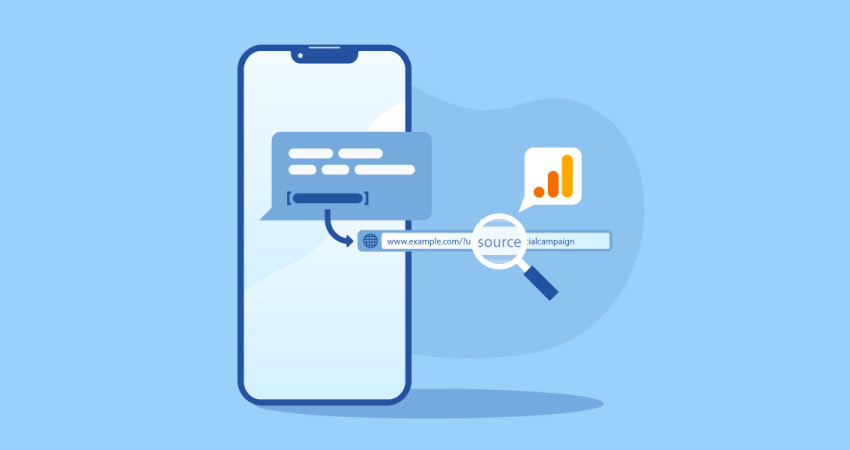Introduction
In the vast expanse of the internet, URLs (Uniform Resource Locators) are the lifelines that connect users to websites, web pages, and digital resources. But behind the simplicity of these web addresses lies a complex process that allows browsers and applications to interpret and display the desired content correctly. This process is carried out by a crucial tool known as the “URL Parser.” In this comprehensive guide, we will delve into the world of URL parsing, unravel its magic, and equip you with the knowledge to understand and work with it effectively.
What is URL Parser?
The URL Parser is a vital component of web browsers and applications that dissects and analyzes URLs to extract specific information about the resources they reference. When you enter a URL into your browser’s address bar or click on a hyperlink, the URL Parser springs into action, breaking down the URL into its various components, such as the protocol, domain name, path, query parameters, and fragments. Understanding how the URL Parser works is essential for web developers, software engineers, and even curious web users who wish to navigate the web with confidence.

The Anatomy of a URL
Before diving into the URL parsing process, let’s break down the different parts of a URL and their significance. A standard URL has the following components:
Protocol: The protocol indicates the communication method used to access the resource. Common protocols include “http,” “https,” “ftp,” and “mailto.”
Domain Name: The domain name represents the address of the server hosting the resource. For example, in “www.example.com,” “example.com” is the domain name.
Path: The path specifies the location of the specific resource within the server’s file structure.
Query Parameters: Query parameters are optional key-value pairs appended to the URL, often used to pass data to the server.
Fragment: The fragment points to a specific section or anchor within a webpage.
How URL Parser Works
The URL parsing process can vary depending on the programming language or library used, but the core principles remain consistent. The parser typically follows these steps:
Scheme Extraction: The parser identifies the protocol or scheme of the URL (e.g., “http” or “https”).
Domain Separation: The domain name is extracted from the rest of the URL.
Path Identification: The parser identifies and separates the path from the remaining components.
Query Parameter Parsing: If present, the query parameters are parsed into individual key-value pairs.
Fragment Handling: The fragment, if present, is isolated for further processing.
Utilizing URL Parser in Web Development
In web development, understanding URL parsing is crucial for tasks like:
Building dynamic web applications that respond to different query parameters.
Creating robust APIs that interpret incoming URLs and execute specific functions accordingly.
Developing web crawlers or bots that extract data from websites using URLs.
Validating and sanitizing user input to prevent security vulnerabilities.
Conclusion
The URL Parser may seem like a hidden piece of web technology, but it plays a vital role in the seamless functioning of the internet. Whether you’re a seasoned developer or an enthusiastic web user, comprehending URL parsing empowers you to navigate the web safely, build sophisticated applications, and unleash the full potential of the internet. Armed with this comprehensive guide, you can now venture into the digital realm, confidently wielding the magic of URL parsing to your advantage. Happy parsing!




